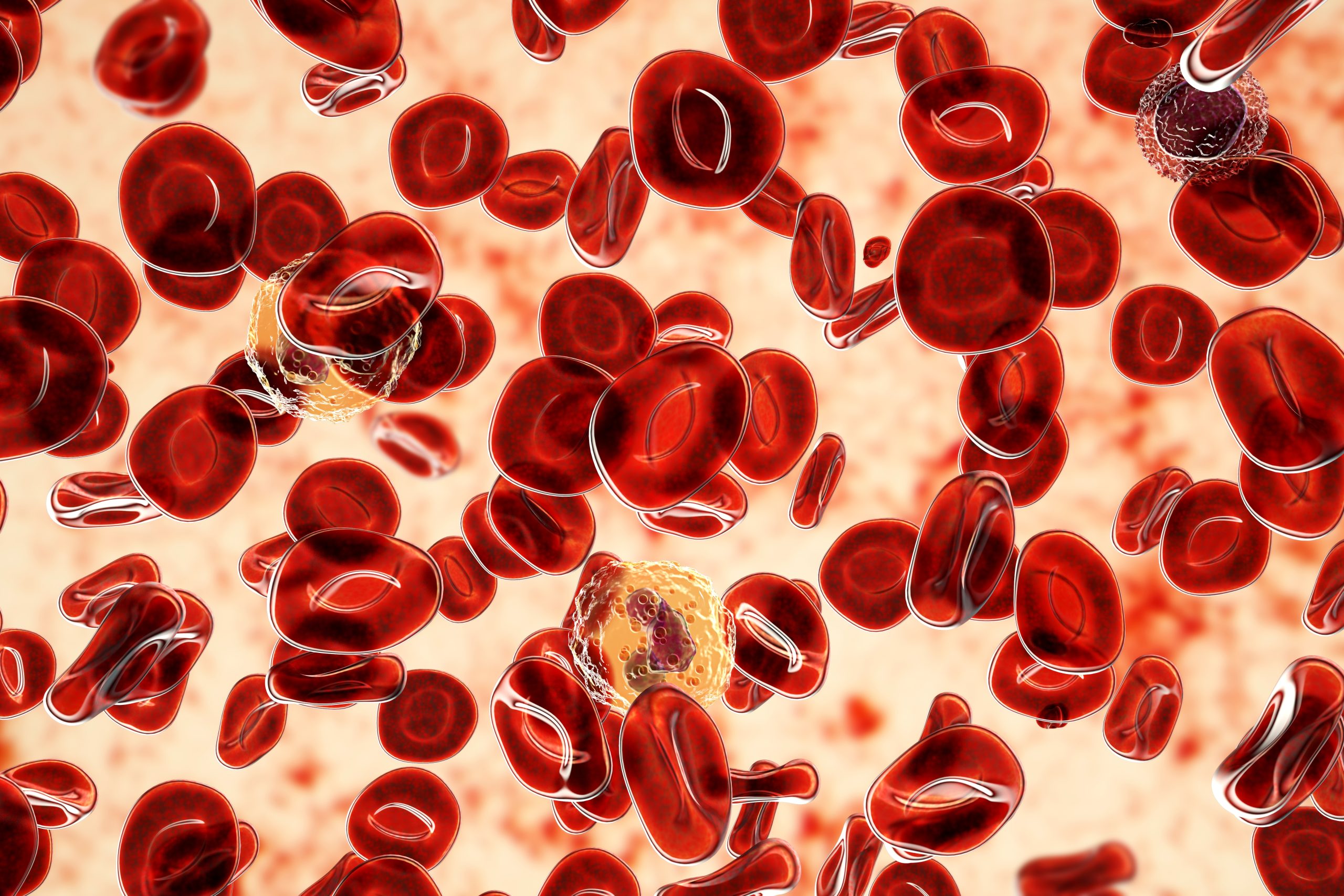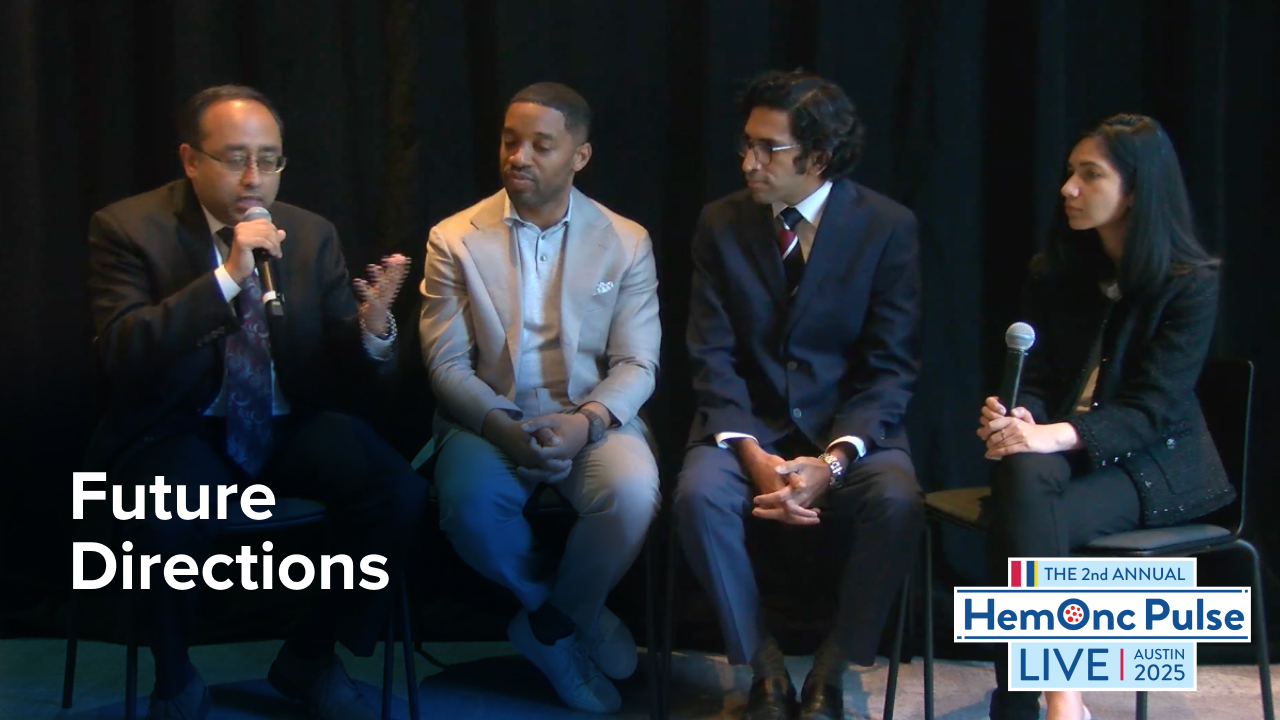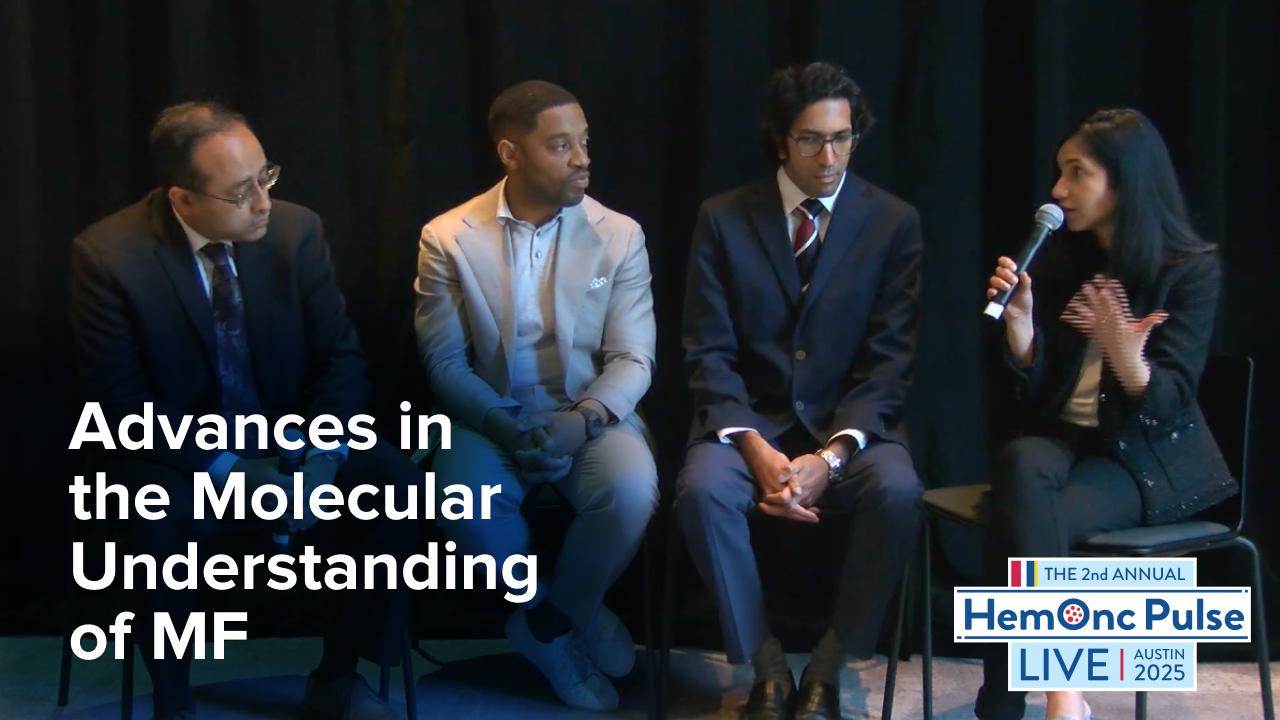
The largest real-world study of patients who were diagnosed with myeloproliferative neoplasms (MPNs) before age 25 provided new information on this population that can be used as a basis to develop new clinical studies, treatments, and guidelines for these patients.
Marta Sobas, MD, PhD, of Wroclaw Medical University in Poland, and colleagues conducted the research because MPNs are uncommon in young adults, and little is known about the associated characteristics and risk factors in this population. Dr. Sobas and colleagues published their findings in Blood Advances.
The study included 444 patients who were diagnosed with MPN before age 25. The patients came from 38 centers in 15 countries. The median follow-up was 9.7 years (range, 0-47.8 years).
Researchers reported that 11.1% of patients had a history of thrombosis at diagnosis, and 49 new thrombotic events occurred, 47.6% of which were perihepatic vein thromboses. The researchers used logistic regression to identify two risk factors for thrombosis: JAK2 V617F mutations (P=.016) and hyperviscosity symptoms, such as visual disturbances, dizziness, vertigo, and headache (P=.040). New hemorrhagic events occurred in 9.9% of patients.
Disease transformation occurred in 10.9% of patients, with myelofibrosis (7.5%) being the most common. A logistical regression identified splenomegaly as a “novel risk factor for transformation in essential thrombocythemia,” the researchers reported.
The International Prognostic Score for Essential Thrombocythemia-Thrombosis and new International Prognostic Score for Essential Thrombocythemia-Thrombosis differentiated patients with essential thrombocythemia by thrombotic risk. Both scores identified “high-risk patients with the same median thrombosis-free survival of 28.5 years,” according to Dr. Sobas and colleagues. However, no contemporary scores predicted survival for young patients with essential thrombocythemia or polycythemia vera.
Researchers reported eight patients (1.8%) died during the study period, three of whom died following allogeneic hematopoietic stem cell transplantation.
“Our data represents the largest real-world study of patients age <25 years at MPN diagnosis. Rates of thrombotic events and transformation were higher than expected compared with the previous literature,” Dr. Sobas and colleagues concluded. “Our study provides new and reliable information as a basis for prospective studies, trials, and development of harmonized international guidelines for the specific management of young patients with MPN.”
Reference
Sobas M, Kiladjian JJ, Beauverd Y, et al. Real-world study of children and young adults with myeloproliferative neoplasms: identifying risks and unmet needs. Blood Adv. 2022;6(17):5171-5183.






 © 2025 Mashup Media, LLC, a Formedics Property. All Rights Reserved.
© 2025 Mashup Media, LLC, a Formedics Property. All Rights Reserved.